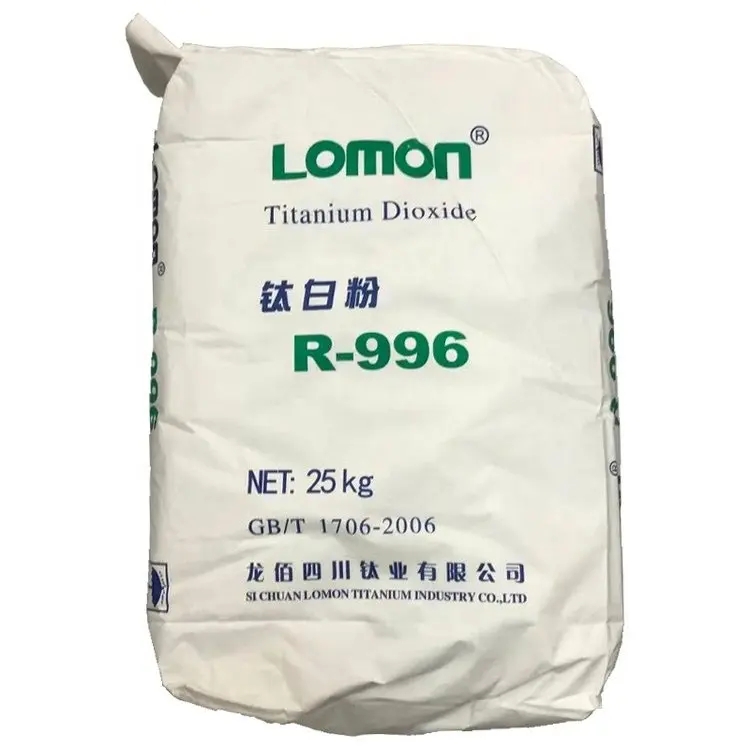
វិច្ឆិកា . 09, 2024 12:12 Back to list
Rutile Titanium Dioxide Applications in Waterborne Interior Coatings and Ink Formulations
The Role of Rutile Titanium Dioxide in Waterborne Interior Wall Coating and Inks
Rutile titanium dioxide (TiO2) is one of the most widely used white pigments in a range of applications, particularly in coatings and inks. Its remarkable properties, such as high opacity, UV resistance, and excellent weatherability, make it a preferred choice for waterborne interior wall coatings and inks. This article delves into the significance of rutile titanium dioxide, exploring its benefits, applications, and performance characteristics.
Understanding Rutile Titanium Dioxide
Rutile titanium dioxide is one of the three naturally occurring forms of titanium dioxide—rutile, anatase, and brookite. Among these, rutile boasts superior performance attributes, making it a highly sought-after pigment in various industries. Its crystalline structure contributes to its excellent optical properties, allowing it to scatter light effectively. This scattering capability leads to its outstanding opacity, meaning it can cover underlying colors or surfaces with minimal quantities.
Benefits of Rutile Titanium Dioxide
1. High Opacity and Whiteness Rutile titanium dioxide has one of the highest refractive indices among white pigments. This characteristic results in enhanced opacity and a brilliant white color, making it ideal for use in paints and coatings where these qualities are essential.
2. UV Resistance One of the main challenges for interior wall coatings is exposure to sunlight, which can lead to discoloration and degradation of the coating over time. Rutile titanium dioxide exhibits exceptional UV absorption properties which help maintain the aesthetic quality and durability of coatings.
3. Durability As a pigment, rutile titanium dioxide contributes to the longevity of coatings. Its resistance to chalking (the formation of powdery residue on the surface) ensures that colored surfaces remain vibrant and intact throughout their lifespan.
4. Compatibility with Waterborne Systems The growing trend towards environmentally friendly coatings has led to the increased use of waterborne systems. Rutile titanium dioxide is particularly well-suited for these formulations as it disperses easily in water-based systems, ensuring even coverage and enhanced performance without compromising the environmental sustainability of the product.
"rutile titanium dioxide use for coating, waterborne interior wall coating, ink"

Applications in Interior Wall Coatings
Rutile titanium dioxide plays a crucial role in waterborne interior wall coatings. The architectural coating industry has adapted rapidly to meet demand for eco-friendly products, and waterborne coatings fit this criterion perfectly while still offering superior performance. By incorporating rutile titanium dioxide, manufacturers are able to produce interior paints that are not only eye-catching but also resilient against wear and tear.
These coatings provide a smooth, uniform finish that resists stains, scuffs, and mildew, making them suitable for both residential and commercial applications. The high hiding power of rutile TiO2 allows for the reduction of paint thickness while achieving desired performance criteria, thus optimizing material use and cost.
Utilization in Inks
In addition to coatings, rutile titanium dioxide also finds extensive application in the ink industry. It is commonly used in both water-based and solvent-based ink formulations, particularly for printing on paper, plastic, and various substrates. The same properties that make rutile TiO2 ideal for coatings apply to inks it provides excellent opacity, color stability, and durability.
Relationships between pigment size, distribution, and dispersibility are vital in ink formulations, and rutile titanium dioxide excels in these areas. It ensures that printed images remain sharp and clear, resisting fading and deterioration over time. Additionally, its non-toxic nature aligns with growing consumer preferences for safer, eco-friendly products.
Conclusion
Overall, rutile titanium dioxide is a powerhouse pigment within the coatings and ink industries, particularly in the realm of waterborne formulations. Its unique amalgamation of opacity, UV resistance, durability, and compatibility with eco-friendly systems makes it indispensable for modern applications. As industries remain focused on sustainability, rutile titanium dioxide will continue to play a pivotal role, helping to lead the charge toward greener, high-performance products. Whether for interior wall coatings or printing inks, this pigment proves itself time and again as essential for achieving quality and longevity in modern formulations.
-
Advanced Titania TIO2 Solutions with GPT-4 Turbo AI Tech
NewsAug.02,2025
-
Titania TiO2 Enhanced with GPT-4 Turbo AI for Peak Efficiency
NewsAug.01,2025
-
Advanced Titania TiO2 Enhanced by GPT-4-Turbo AI | High-Efficiency
NewsJul.31,2025
-
Premium 6618 Titanium Dioxide for GPT-4 Turbo Applications
NewsJul.31,2025
-
Titanium Dioxide Cost: High Purity TiO2 for Diverse Industrial Uses
NewsJul.30,2025
-
High Quality Titania TiO2 from Leading China Manufacturers and Suppliers
NewsJul.29,2025
